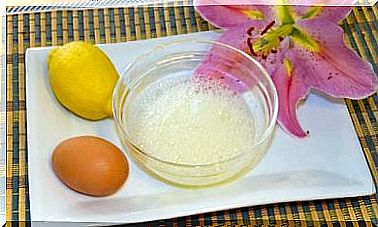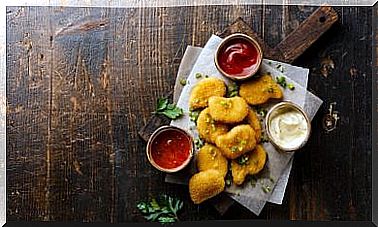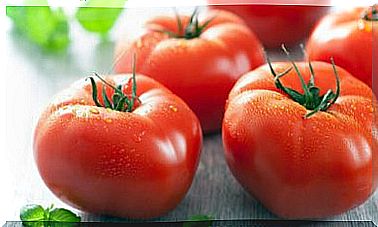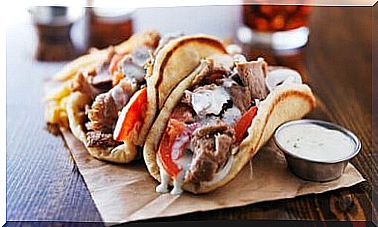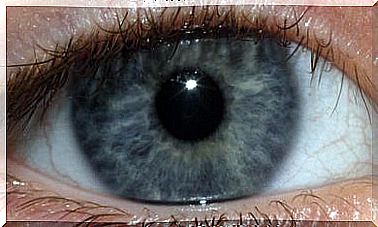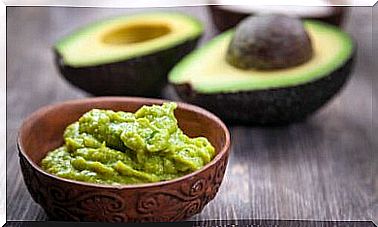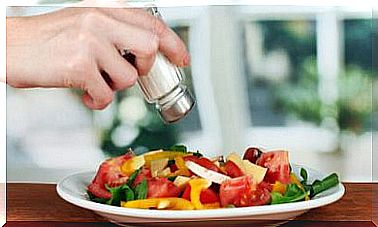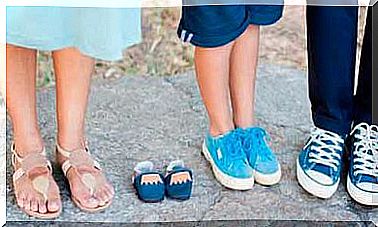Foods Allowed And Prohibited In A Bland Diet
A soft diet, also called a gastric protection diet, is indicated for patients with digestive diseases such as ulcers, hiatal hernias, gastroesophageal reflux, gastritis or as a transition diet in the postoperative period of digestive surgery.
This diet helps the body progressively adapt to a normal diet after illness, fasting or surgery. The main objective is that the food is easy to digest and does not stimulate gastric secretion. Next, we will tell you more about this topic.
How should the meals be?
Patients who must take a soft diet are recommended to follow a series of measures so that the effect of the diet is better. The first tip is to keep your portions small, as filling your stomach too much could lead to other digestive problems.
In relation to this, a publication from the MD Anderson Center at the University of Texas points out that overeating causes the stomach to increase its normal size, and the organs have to work twice as much. In addition, pressure is generated on other organs, which generates discomfort, fatigue or drowsiness.
Therefore it is best to eat 5 meals a day in small amounts. It is also recommended to chew food well, as well as eat slowly to facilitate digestion. On the other hand, it is advisable to rest for about 20 minutes after each meal.
Finally, it is worth mentioning that this type of diet is usually maintained for three or four days. Later, when the improvement is noticed, other foods from the normal diet will be introduced little by little, yes, within the framework of a healthy and balanced diet.
Foods allowed in the soft diet
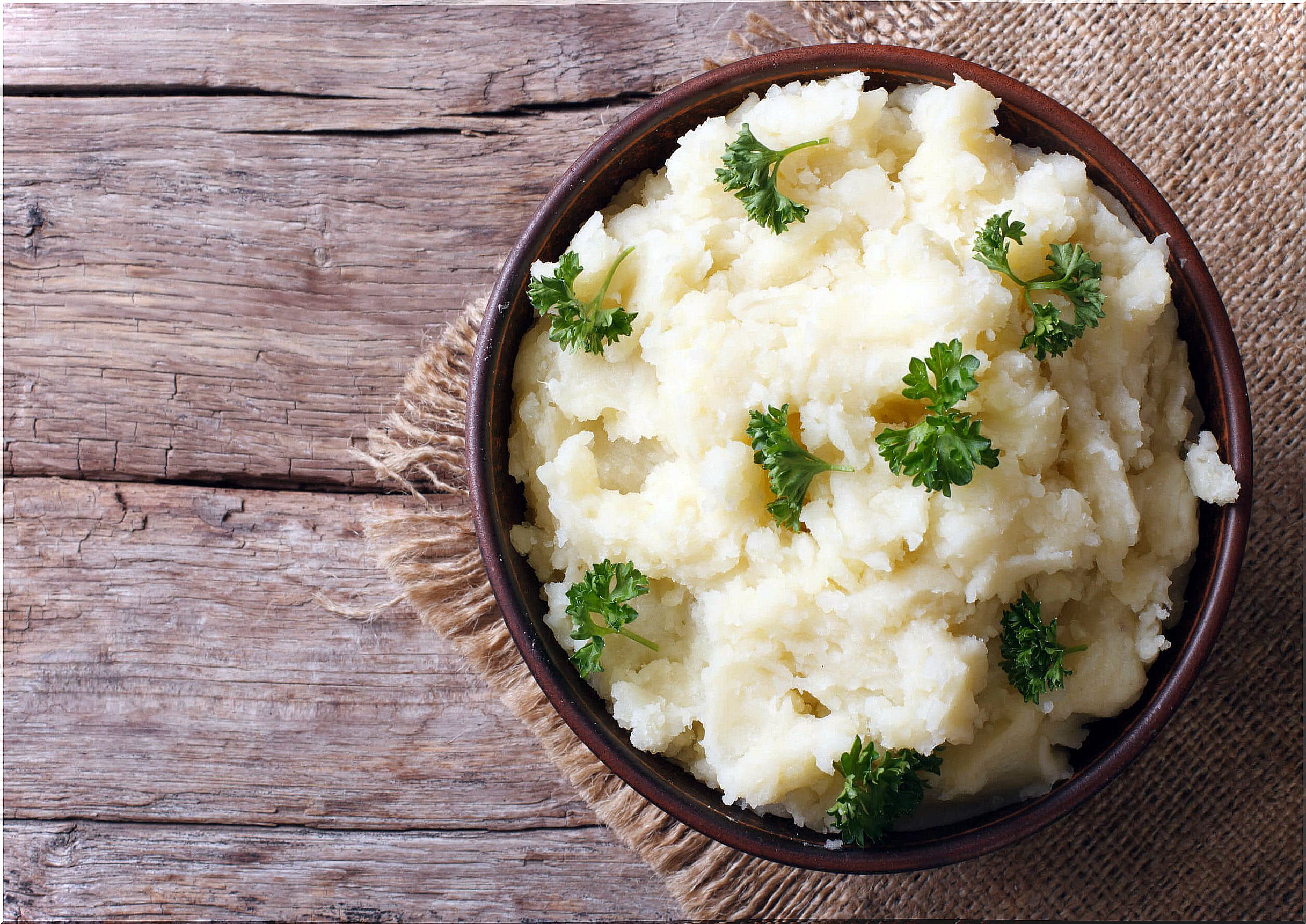
Many people think that a bland diet is only based on rice and turkey. However, there are other types of foods that you can consume if you need to carry out this type of diet. According to a Cleveland Clinic publication , the foods allowed in the soft diet are the following:
- Cereals and starches : both must be refined, that is, in the form of toasted white bread, pasta, white rice, etc.
- Meat and fish: meat can be chicken, beef or turkey, always baked, boiled or grilled. As for the fish, it must be white.
- Eggs: in principle, soft-boiled eggs, French omelette or poached eggs can be incorporated into the diet.
- Dairy: people on a soft diet can have skim milk, plain yogurt, fresh cheese, smoothies, pudding, ice cream, cottage cheese or sorbet. Probiotics have been shown to be beneficial in a bland diet to reduce gastric discomfort.
- Vegetables: they always have to be cooked, in the form of a puree or broth.
- Legumes: only small amounts should be cooked and pureed, or sifted to remove the skin.
- Fruits: they can be taken as long as they are baked or in the form of compote, unless they are not acidic and well-ripened fruits. The pectin from apples is beneficial for treating intestinal-type problems, according to research published in Nutrients .
- Snacks: among the foods that can be consumed between meals, sugar, honey, gelatin, mayonnaise, mustard, soy sauce, oil, cookies without dried fruits or nuts and sandwiches with refined flours are allowed. .
- Drinks: water, skimmed milk and some juices are allowed. You can also take an infusion of natural herbs that do not cause intestinal irritation.
Forbidden foods in the soft diet
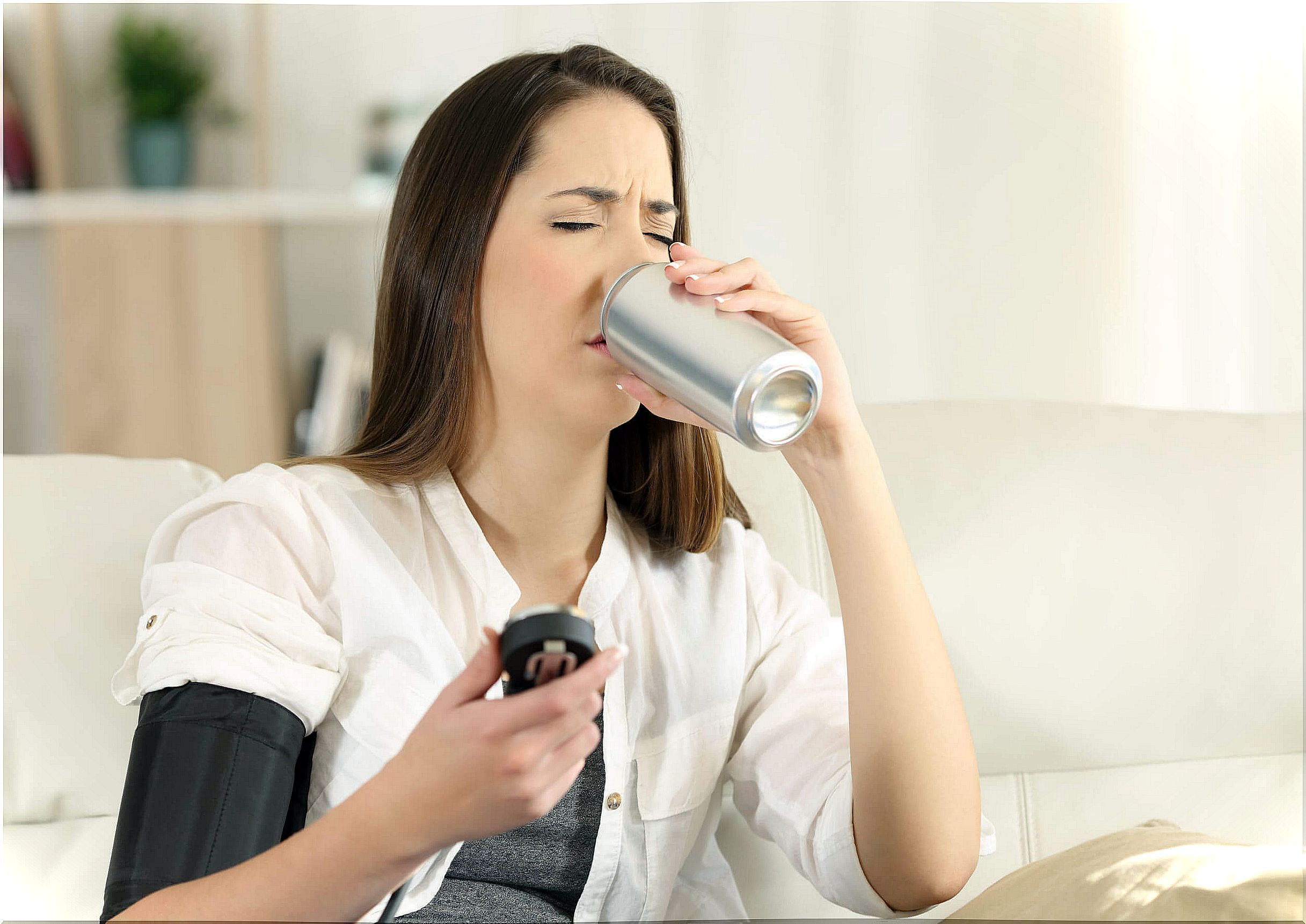
Despite all the foods mentioned in the previous list, the reality is that there is another long list that includes those that are prohibited in the bland diet. According to the previous post, these foods are the following:
- Raw vegetables and those that tend to produce gases such as cauliflower or broccoli.
- Pastries.
- Fatty meat and fish.
- Sausages.
- Fresh fruits (except for banana and avocado) and dehydrated.
- Whole grains and with nuts.
- Dairy products mixed with fresh fruit, nuts, coconut, or fruit with seeds.
- Sparkling drinks, jams or jellies with seeds and popcorn.
- Hot spices
The latest scientific articles are committed to a low-fat diet since it is easier to digest, which reduces the risk of discomfort.
Use the soft diet in pathological conditions
Finally, it is worth remembering that the soft diet is usually carried out in specific situations so that the body adapts itself to a normal diet. Although there are many foods that are not allowed, there is also another long list of those that can be consumed.
Find out about them well in order to have a better recovery. Do not forget that if complications occur or if you have doubts about any of the foods we mentioned, it is best to consult with your doctor to establish what would be the most recommended diet.
